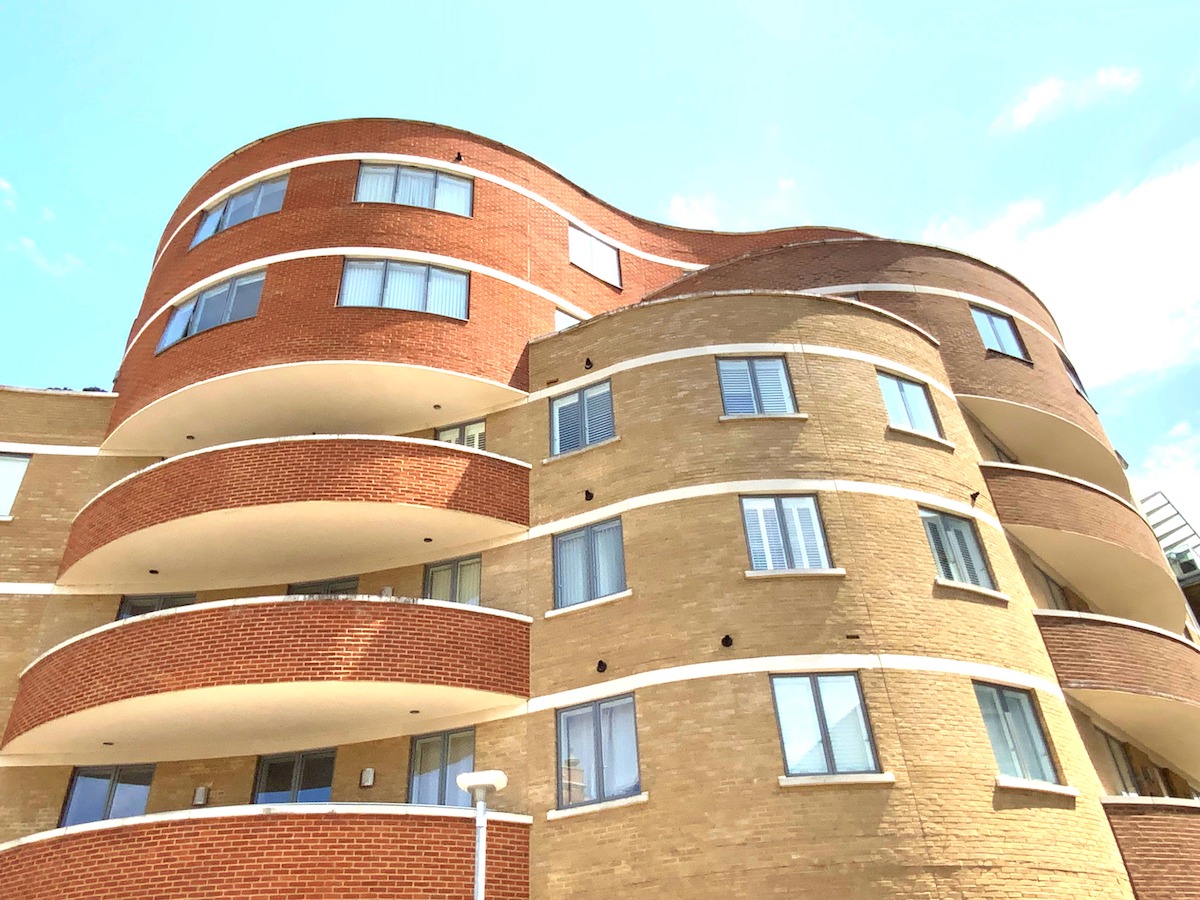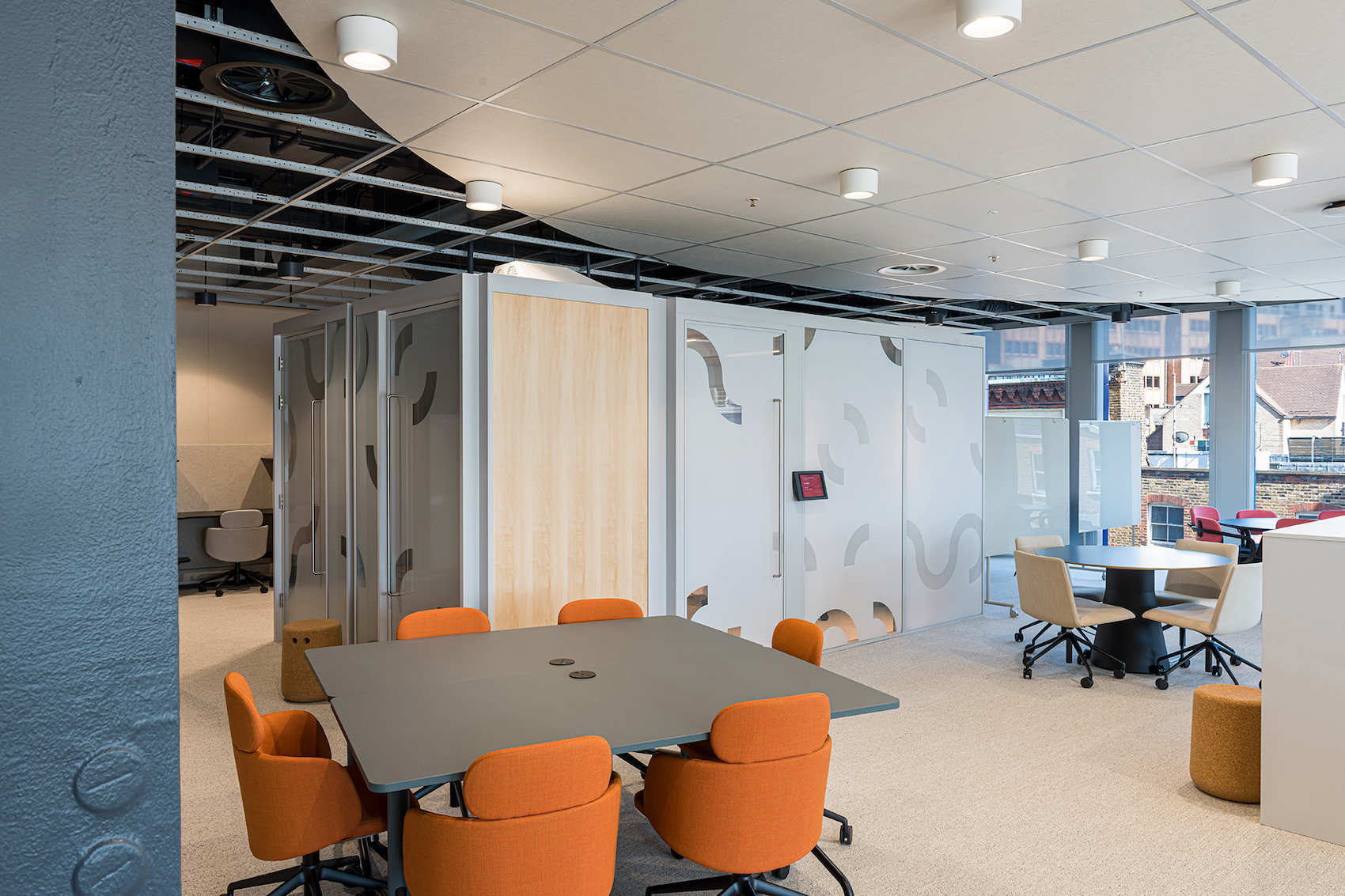Glidevale Protect is putting its specialist range of energy-efficient building solutions to the test by providing a range of products for use at the new Energy House 2.0 development and embarking on a collaborative research partnership with the University of Salford and national housebuilder Bellway Homes.
Energy House 2.0 is a unique £16m research facility enabling SMEs to innovate and develop low-carbon technologies for the built environment. Partially funded by the European Regional Development Fund (ERDF), it is a collaborative project between partners, including the University of Salford, Bellway Homes, Barratt Developments and Saint-Gobain, who together will drive innovation and solutions to address global and domestic energy efficiency challenges.
Glidevale Protect is working alongside Bellway Homes by supplying its specialist construction membranes for use on The Future Home@The University of Salford, one of the two detached timber-frame houses that are currently being constructed within the Energy House 2.0 energy performance test facility, with the structure having been manufactured offsite.
Glidevale Protect’s reflective, low emissivity Protect TF200 Thermo breather membrane and Protect BarriAir air and vapour control layer have been used on the innovative eco home. To provide high levels of thermal efficiency, the Protect TF200 Thermo breather membrane has been installed to the external walls, while the Protect BarriAir membrane has been fitted to the internal walls with the company’s universal reinforced sealing tape to eliminate air leakage and energy loss. Also installed is the Protect FCM 750 floor cassette membrane to maintain the integrity of the airtightness system at the floor junction and to provide condensation control at the edges of the floor cassette.
The Future Home@The University of Salford will be subjected to various weather conditions within the Energy House 2.0 environmental chambers, which utilise state-of-the-art technology to test how well the specified building products and systems perform under the harshest of environments.
Glidevale Protect has also donated high-performance construction membrane materials for a further project based at the Energy House 2.0 facility. The project, spearheaded by homelessness charity Emmaus Salford, is a collaboration between the University of Salford, AEW Architects and construction company The Casey Group, with the brief to create a sleeping pod to provide a safe and comfortable night’s sleep for homeless people.
Together with Emmaus Salford and supported by accommodation facility developer Protectal, Casey developed the prototype sleeping pod which started life as a site portacabin. The design had to be future proofed to deal with the ongoing challenges of climate change, so making sure the sleeping pod was energy efficient, well insulated and airtight was crucial. The team put the sleeping pod through its paces with a series of tests to measure energy efficiency in the state-of-the-art environmental chamber.
Glidevale Protect donated its airtightness membrane Protect BarriAir for installation on the pod’s floor and ceiling areas, along with sealing tape to help ensure the module is airtight and can deliver excellent thermal performance even on the coldest winter nights. With the prototype now complete, Emmaus Salford plans to use this in a versatile way from temporary accommodation to isolation areas and office space. Casey has subsequently donated another eight additional sleeping pods which will be refurbished to the same high thermal standards and put into good use to support the homeless around the Greater Manchester region.
For more information on Glidevale Protect, please visit glidevaleprotect.com, email info@glidevaleprotect.com or call +44 (0)161 905 5700. Keep up to date with our latest news by following us on LinkedIn.



















